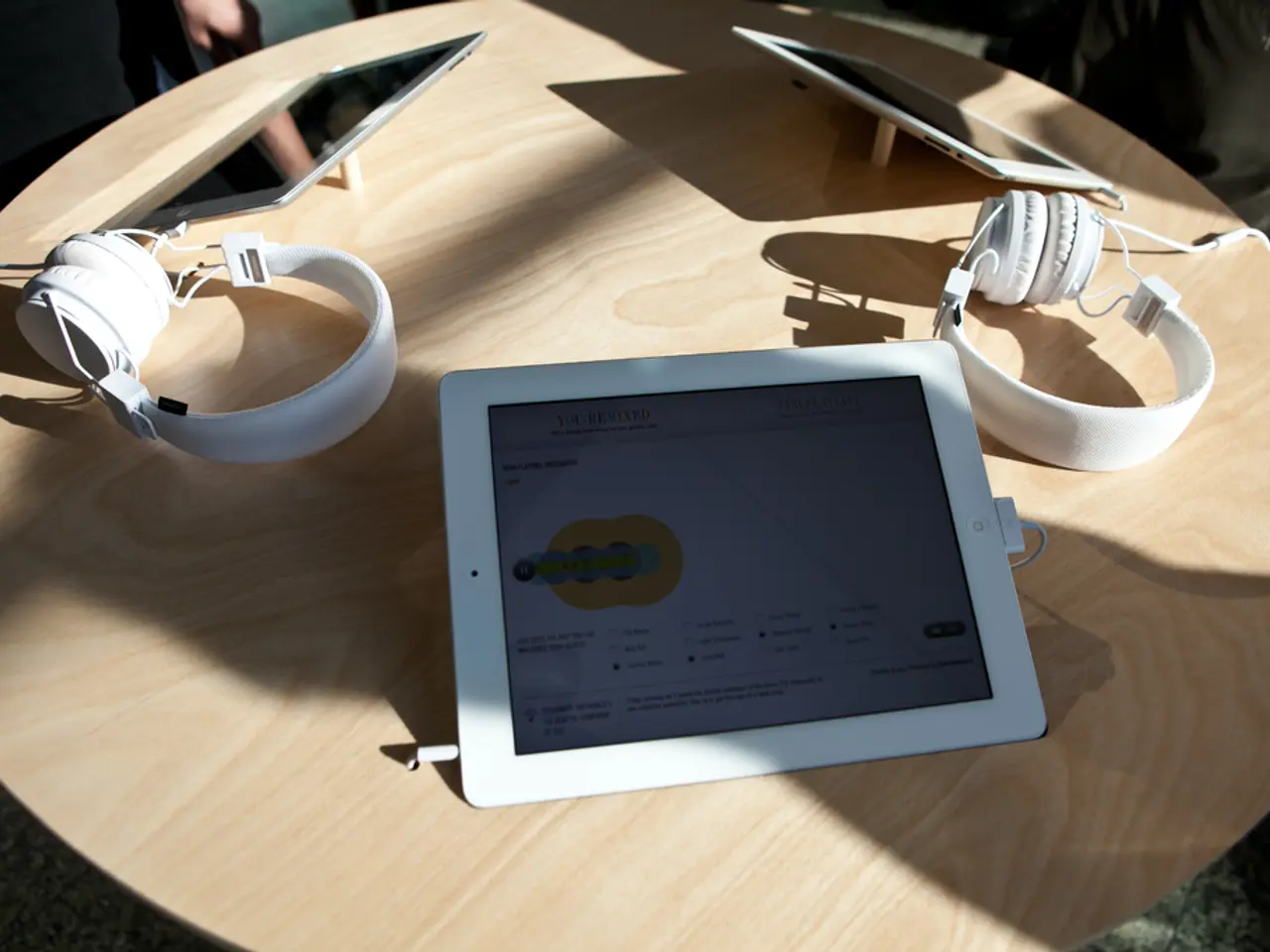Risks Associated with Charging Mobile Devices While Sleeping
In the digital age, smartphones have become an integral part of our daily lives. However, a seemingly harmless habit like charging your phone overnight next to your head could pose significant risks.
Experts and authorities, including Apple and fire safety experts, strongly advise against sleeping on or near a charging phone. The primary concern is overheating, which, when combined with pillows or blankets, can lead to fire, electric shock, injury, or damage to the device. If a device catches fire or emits smoke, a person asleep may not wake up, potentially suffering severe consequences, including unconsciousness from smoke inhalation.
The battery generates heat while charging, and this heat can be exacerbated when the phone is covered, trapping heat and increasing the likelihood of overheating, fire, or even explosion. Using unofficial or faulty chargers further increases this risk, as they might not meet safety standards. Even genuine chargers have occasionally been implicated in fires.
Additional hazards involve electromagnetic field (EMF) exposure, which may increase when using the phone while charging. While the long-term health effects of EMF are not fully established, it's essential to avoid using third-party chargers that do not meet safety standards and to unplug devices after they are fully charged when possible.
To minimize these risks, best practices recommend charging phones on hard, flat, well-ventilated surfaces away from bedding or soft materials. Avoiding using third-party chargers that do not meet safety standards and charging under pillows, blankets, or close to your head reduces physical fire risks and sleep-related hazards.
In summary, while incidents are relatively rare, the consequences of charging a smartphone overnight next to your head can be severe. Following manufacturer guidelines and safety advice is crucial to minimize these risks. Jürgen Ripperger from the Association for Electrical, Electronic & Information Technologies (VDE) advises against charging phones in bed.
Authorities, such as the police, have shared dramatic images of burned devices on social media to highlight these risks. The functioning of a phone can be impaired by large temperature differences, such as overheating, which can damage the product and cause premature aging. Continuously using a device against the manufacturer's instructions can lead to malfunctions or total damage.
Improper handling or charging errors are usually the cause of critical situations like fires, according to Jürgen Ripperger from the VDE. Overheating can result in critical situations, including fires. In rare cases, a manufacturing defect by the manufacturer could be the cause of such incidents.
A simple tip with a big impact: Make your bed a phone-free zone. American researchers found that sleep quality suffers when you look at the screen right before falling asleep. More recent studies confirm this behavior, despite its potential harmfulness. The light from the screen disrupts your natural sleep rhythm, and your brain remains alert due to constant connectivity.
A 2016 study by the University of Koblenz-Landau found that one in four teenagers puts their phone under their pillow. Overheating can damage the battery and significantly limit its use in the long run. One in four teenagers sleeps with their smartphone under their pillow.
Many modern devices have a protective mechanism that automatically turns off charging when they overheat. The New York Police Department has repeatedly warned about the dangers of charging phones, especially when under a pillow or blanket, for several years.
In conclusion, while the risks of charging your smartphone overnight near your head are relatively rare, the potential consequences are severe. Following manufacturer guidelines and safety advice is essential to minimize these risks and ensure a safe and restful night's sleep.
Using unofficial or faulty chargers can increase the risk of smartphone overheating, fire, and other mechanical issues, as they might not meet safety standards. It's advisable to charge smartphones on hard, flat, well-ventilated surfaces away from bedding or soft materials to prevent overheating and potential fires.




